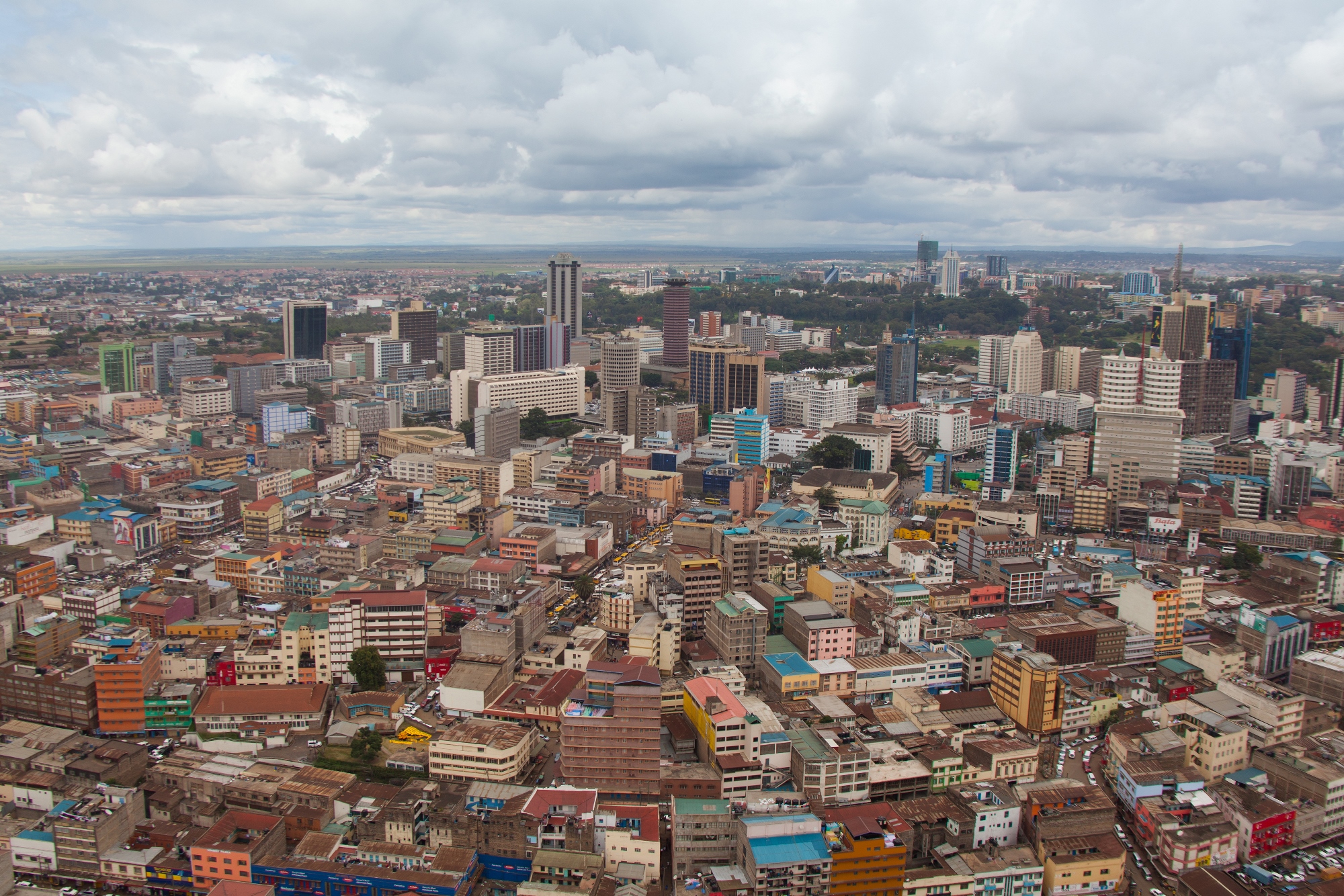Is this a problem? From London and Tokyo to New York and Shanghai, large cities historically drove the world’s largest economies. Evidence still shows that urban population increases can be sustained when economic growth reinforces such population increases. Predicting outcomes of urban explosion is complex, but researchers are sceptical about populations growing with breakneck speed in urban regions already confronting alarming poverty levels.
Avoiding hyper-congestion as a general rule, most high-income countries do not have such 'primate cities', which are disproportionately larger than any others in the country. Middle-income countries—before they graduated from the World Bank’s low-income status—built up multiple centres of economic productivity, and enjoy more manageable population distribution patterns. Conversely, many low-income countries face severe urban primacy rates—some nations have over 50% of the total urban population in the largest city. Already suffering from traffic gridlock, and with no subways to ease the problem, these African cities could become carbon emission epicentres with high levels of unemployment, along with burgeoning living costs, air pollution risks and heightened social tensions. Add existing water scarcity concerns to future resources subject to an uptick in demand, and these cities heighten their possibilities for permanent epidemics linked to shortages of safe water supplies (for example, cholera and typhoid).
Spatially, all three cities also have “urban areas” measuring under 1,000 sq km (or in the case of Dar es Salaam, just above). Each city has a smaller footprint than Chicago, which has a population of just 2.7m. Two of these, Lagos and Dar es Salaam, are coastal cities with the ability to build out into the ocean, but this expansion will, at best, merely encourage urban sprawl into reclaimed shorelines. Such developments will inevitably be subject to the risk of rising sea levels, which, calculations show, will cost the world’s coastal cities losses of up to US$63bn per year by 2050—even with the current levels of adaptation investments.
To mitigate these risks, policymakers need to diversify national centres of production and spread population growth more practically. How can policymakers achieve these goals?
Agriculture
The agriculture sector offers Africa’s youth a promising alternative to bright lights and city jobs. Today, 70% of sub-Saharan Africa’s population is under 30. The UN foresees Africa being home to as many as 5bn heartbeats by 2100—with 50% below the age of 30. Smart investment in the sector will position such future generations with sustainable livelihoods in less dense regions. While under-utilised, the sector still accounted for 20.85% of Nigeria’s GDP in 2017. At present, subsistence farmers in Nigeria generate 95% of the sector’s US$90bn output. To boost agriculture income and employment, especially for future farming generations, Africa must also scale up schemes that provide critical financing to local players, enabling them to both ramp up production of raw materials and move value-added processing out of the primate cities. Legal exemptions to provide fixed land tenures should also become more common for high-scale investors in rural areas, inspiring competition among Africa’s regulators to attract agri-business.
Charter cities the size of Chicago
Nigeria lost over 1,800 sq km of land in Cross River State to deforestation between 1991-2008. Voids of uninhabited land left behind could still be utilised. Paul Romer, professor of economics at NYU Stern of Business, advocates for foreign-operated economic zones, or “charter cities”. Hyper friendly business charters would distinguish these cities, and unlike colonial periods, they are undertaken with sovereign choice: African countries would handpick foreign partners and investors to help spread centres of productivity. Most importantly, citizens would vote with their feet, opting to live there based on jobs created, in construction and other fields. Hong Kong, arguably the first charter city, fostered conditions for higher national wages and land prices with a climate of rules and competition. Greenfield investments announced for Africa in 2017 stood at US$83.5bn, exceeding the equivalent interest in Latin America and the Caribbean—which already shouldered the riskiest bet on charter cities in Honduras, a former global murder capital.
Reviving old port cities, infrastructure and transport
Largely neglected, Mtara and Tanga are port cities in Tanzania with small populations compared with Dar es Salaam. Port Harcourt and Calabar in Nigeria provide opportunities to better disperse the population. Tourism-based growth strategies, which often spur investments in road, water and real-estate networks, hold great potential for moving productive labour into Benin and Kano. Robotics and artificial intelligence offer the possibilities for regional actors with reputations for poor maintenance by automatically repairing potholes, asphalt road cracks and streetlights. Distribution networks that disseminate the local produce from Ibadan, Lubumbashi and Mbuji-Mayi—ranging from textiles and cocoa to gold—will attract more investment and people to those hubs. By spreading urban growth, Africa’s neglected cities could regain their second wind and develop akin to foreign counterparts—Silicon Valley, Dubai, and Singapore—and progress strongly within just one generation.
Science and medicine
Some of the projected growth rates in Africa’s cities will be residual, a combination of net migration and spatial expansion. But the second growth factor will be natural—the difference between urban birth and death rates.
Globally, advances in scientific treatments and expanded medical access are causing death rates to decline, life expectancy to increase and childbirths to be safer. As a result, policymakers on the continent will need to confront a taboo topic: family planning. As tough measures reminiscent of China’s one-child policy would be prone to ignite social backlash (in some countries deep sentiments on pro-creation are rooted in religious culture), African governments may instead grant tax incentives and other benefits to married couples who have one child and reside in lower density areas.
New mentalities
Some regard these 100-year projections of urban population growth as positive. The “go to Lagos to blow” (to succeed) mentality is unsustainable. From finding children places in schools and long hospital waiting lists to climate disasters, the latent risks will affect elites too.
According to the World Bank, empirical evidence shows that larger cities can increase productivity. The World Bank does concede that “excessive” primacy eventually leads to declines in growth, findings supported by the NBER. Will the first city in human civilization to house 88.3m count as “excessive”? Moving away from urban primacy, most middle-income countries that graduated from low-income status became at least 50% urbanised, and all high-income countries are 70-80% urbanised, according to the World Bank. We need to know when cities become too large to accommodate further economic growth—and also know how to reverse the trend effectively.




